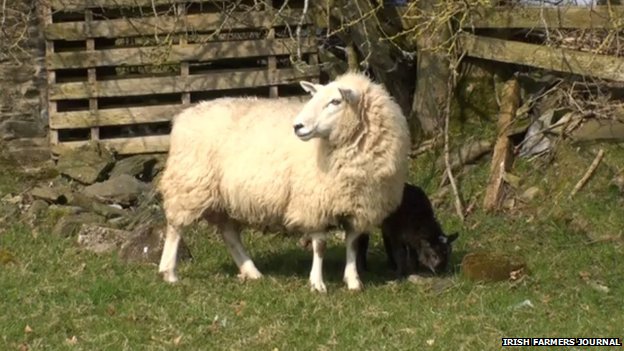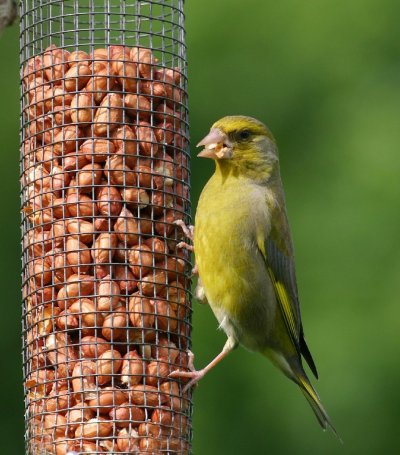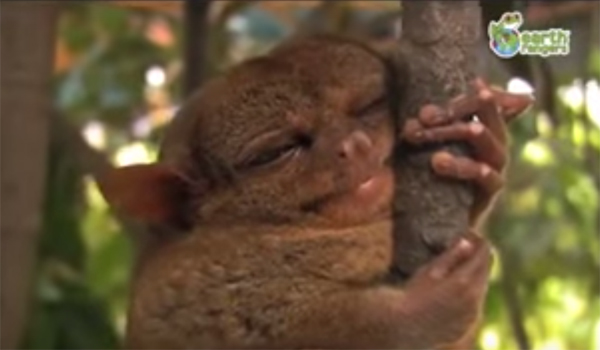Vultures make risky but efficient choices in flight by observing the path taken by other vultures in their network, new research has found.
A team from Swansea University looked at how vultures use visual strategy to map out their routes.
The paper Social eavesdropping allows for a more risky gliding strategy by thermal-soaring birds, the researchers, led by PhD student Hannah Williams detailed how vultures used eavesdropping to figure out what path to take. Eavesdropping allows for a more risky gliding strategy by thermal soaring birds and was published earlier this month in the Journal of the Royal Society Interface . Williams hopes the study will allow for a better understanding about the strategies birds use to navigate the aerial landscape.
Thermal updrafts are chaotic in their occurrence, so it makes sense for these heavy birds to ‘eavesdrop’ on the movements of other birds to find thermals, just as human pilots do when gliding.
Williams and the Wales team worked with researchers at the University of Montpellier to track the movements of five vultures at a bird of prey centre in France, using special tag technology contained in backpacks worn by the birds.
“We hypothesised that birds would fly towards areas where other birds had been circling and that they would do so at fast speeds. It is a risky flight strategy to glide at fast speeds, but it appears they may take this risk when using information from the network.”
Working with her co-authors from the Swansea Laboratory for Animal Movement and SHOALgroup, both based in the University’s Biosciences Department, Williams had the research data collected in just three days but it had taken more than six months to design the necessary tracking experiment and the tag technology.
This is part of a multi-year collaboration and the design of the tags, which notably collect high-frequency airspeed data, has been a long and challenging process.
From here we hope to delve further into how birds may acquire information from other birds in the sky, to make better movement choices.“
Co-author Dr Andrew King, of the Department of Biosciences, said:
We are used to hearing about how flocking species like pigeons and starlings use social information. This data, gathered simultaneously from a number of soaring vultures, provides a great example how relying on others for information can be beneficial at a very different spatio-temporal scale.”
Williams now plans to continue her research into animal movement at the University, working with Dr Emily Shepard, from the College of Science, studying flight patterns of condors.




